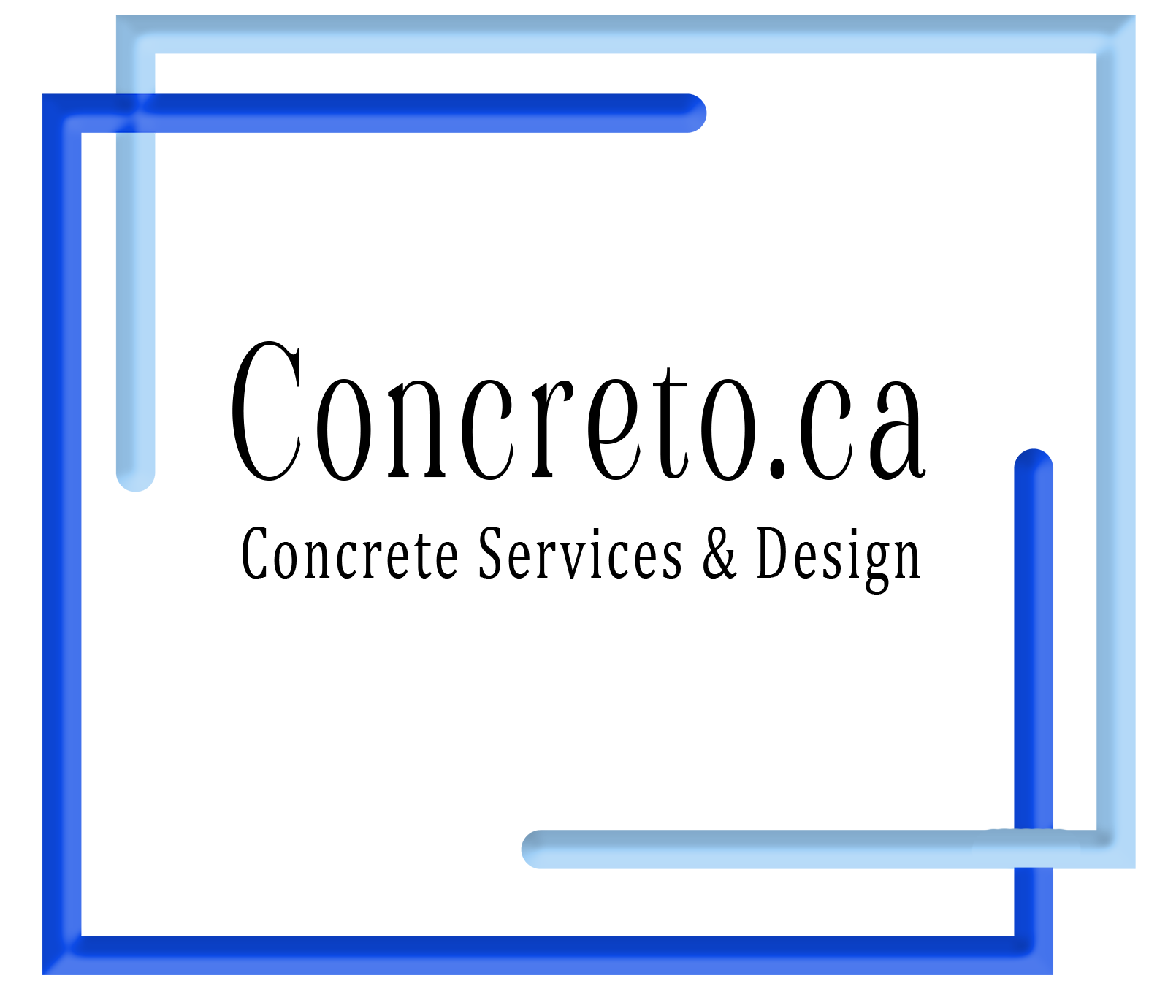
Mixing, transporting, and handling of concrete should be carefully coordinated with placing and finishing operations. Concrete should not be deposited more rapidly than it can be spread, struck off, consolidated, and bull-floated and deposited continuously as near as possible to its final position.
In slab construction, placing should be started along the perimeter at one end of the work with each batch placed against previously dispatched concrete. Do not dump the concrete in separate piles and then level and work them together; nor should it be deposited in large piles and moved horizontally into final position.
Consolidation
In some types of construction, the concrete is placed in forms and then consolidated. Consolidation compacts fresh concrete to mold it within the forms and around embedded items and reinforcement and to eliminate stone pockets, honeycomb, and entrapped air.
Vibration, either internal or external, is the most widely used method for consolidating concrete. When concrete is vibrated, the internal friction between the aggregate particles is temporarily destroyed and the concrete behaves like a liquid; it settles in the forms under the action of gravity and the large entrapped air voids rise more easily to the surface.
Finishing
Concrete that will be visible, such as driveways, highways, or patios, often needs finishing. Slabs can be finished in many ways, depending on the intended service use. Options include various colors and textures, such as exposed aggregate or a patterned-stamped surface. Some surfaces may require only strike-off and screeding to proper contour and elevation, while for other surfaces a broomed, floated, or troweled finish may be specified.
Screeding or strike-off is the process of cutting off excess concrete to bring the top surface of the slab to proper grade. A straight edge is moved across the concrete with a sawing motion and advanced forward a short distance with each movement.
Bullfloating eliminates high and low spots and embeds large aggregate particles immediately after strike-off. This looks like a long-handled straight edge pulled across the concrete.
Jointing is required to eliminate unsightly random cracks. Contraction joints are made with a hand groover or by inserting strips of plastic, wood, metal, or preformed joint material into the unhardened concrete. Sawcut joints can be made after the concrete is sufficiently hard or strong enough to prevent raveling.
After the jointing the concrete, it should be floated with a wood or metal hand float or with a finishing machine using float blades. This embeds aggregate particles just beneath the surface; removes slight imperfections, humps, and voids; and compacts the mortar at the surface in preparation for additional finishing operations.
Where a smooth, hard, dense surface is desired, floating should be followed by steel troweling. Troweling should not be done on a surface that has not been floated; troweling after only bull-floating is not an adequate finish procedure. A slip-resistant surface can be produced by brooming before the concrete has thoroughly hardened, but it should be sufficiently hard to retain the scoring impression.
